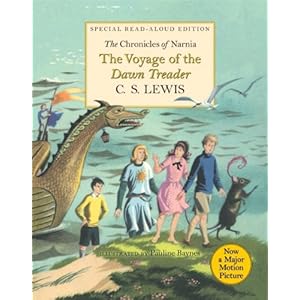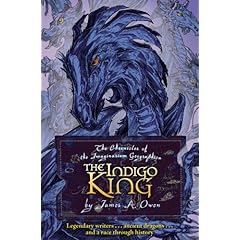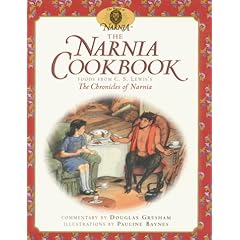Subtitle: C.S. Lewis and the Secret of the Seven Heavens.
Clive Staples Lewis was an awesomely talented, gifted, subtle, and boisterous genius!
Douglas Gresham on Lewis’s genius:
“He was a complete genius. He also was a very fast reader, but he had honed the talent and perfected the strange memory that resulted in never forgetting anything he had read. Now he could, he could ask you to pick any book off of his shelves, and you would pick a page and read him a line and he would quote the rest of the page; in fact, quote the rest of the book until you told him to stop. He had this enormous capacity to remember everything he’d ever read.”
 In The Narnia Code by Michael Ward, Dr. Ward, who is also a minister in the Church of England, demonstrates Lewis’s genius by showing how all seven of the Narnia chronicles are linked together by a single unifying motif or plan. Ward’s thesis is that each of the seven Chronicles of Narnia takes as its central underlying imagery and atmosphere one of the seven “planets” of the medieval, classical astrological world. These “planets” are not the eight or nine that we moderns know and memorize but rather the medievals believed that the seven heavenly bodies, each with its own influences and associated imagery, were the Sun, Mercury, Venus, the Moon, Mars, Jupiter, and Saturn. Each of these planets is featured in a particular Narnia book in a sort of “code” of symbols and images that Lewis never spelled out for anyone but about which he left clues both in the Chronicles of Narnia themselves and in his other writings.
In The Narnia Code by Michael Ward, Dr. Ward, who is also a minister in the Church of England, demonstrates Lewis’s genius by showing how all seven of the Narnia chronicles are linked together by a single unifying motif or plan. Ward’s thesis is that each of the seven Chronicles of Narnia takes as its central underlying imagery and atmosphere one of the seven “planets” of the medieval, classical astrological world. These “planets” are not the eight or nine that we moderns know and memorize but rather the medievals believed that the seven heavenly bodies, each with its own influences and associated imagery, were the Sun, Mercury, Venus, the Moon, Mars, Jupiter, and Saturn. Each of these planets is featured in a particular Narnia book in a sort of “code” of symbols and images that Lewis never spelled out for anyone but about which he left clues both in the Chronicles of Narnia themselves and in his other writings.
I found Dr. Ward’s reasoning compelling and fascinating. The Narnia Code is a popular abridgement of a longer, more scholarly dissertation on these ideas, a book called Planet Narnia: The Seven Heavens in the Imagination of C.S. Lewis. Despite the somewhat misleading title, The Narnia Code is no DaVinci Code knock-off, associating C.S. Lewis and his Narnia books with some hokey new age interpretation and bad theology. Instead, I found in The Narnia Code a new appreciation for C.S. Lewis’s genius and for his heartfelt desire to communicate the truth of the gospel in a way that would enter deep into the imaginations and souls of both children and adults. No, C.S. Lewis didn’t believe in astrology, the telling of fortunes and of the future by means of the stars. However, Lewis did believe that the ancient mythologies and symbols and worldviews contained God’s truth and had ways of speaking to us that would break through and shake up our modern paradigms.
Psalm 19
The heavens are telling the glory of God;
and the firmament proclaims his handiwork.
Day to day pours forth speech,
and night to night declares knowledge.
There is no speech, nor are there words;
their voice is not heard;
yet their voice goes out through all the earth,
and their words to the end of the world.
In Reflections on the Psalms, C.S. Lewis said of Psalm 19, it is “the greatest psalm in the psalter and one of the greatest lyrics in the world.” In the Chronicles of Narnia, Lewis apparently left traces of his love for God’s handiwork in the stars and planets and of his delight in the medieval cosmology and the mythology associated with the heavenly bodies. My next reading of The Chronicles of Narnia will be richer because of the ideas and explanations that I read about in The Narnia Code. If you are a Narnia lover, I highly recommend either Planet Narnia or The Narnia Code as an introduction to the use of cosmological symbology in the Narnia books.




